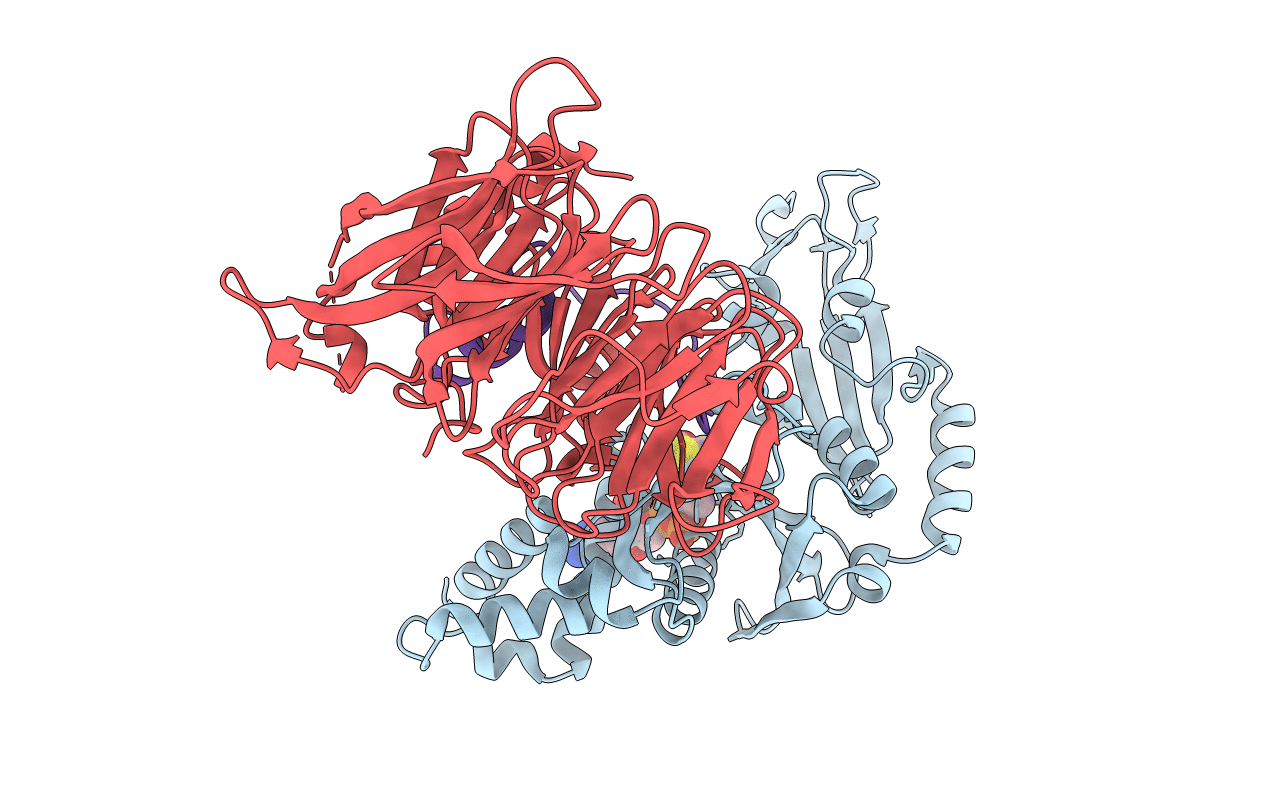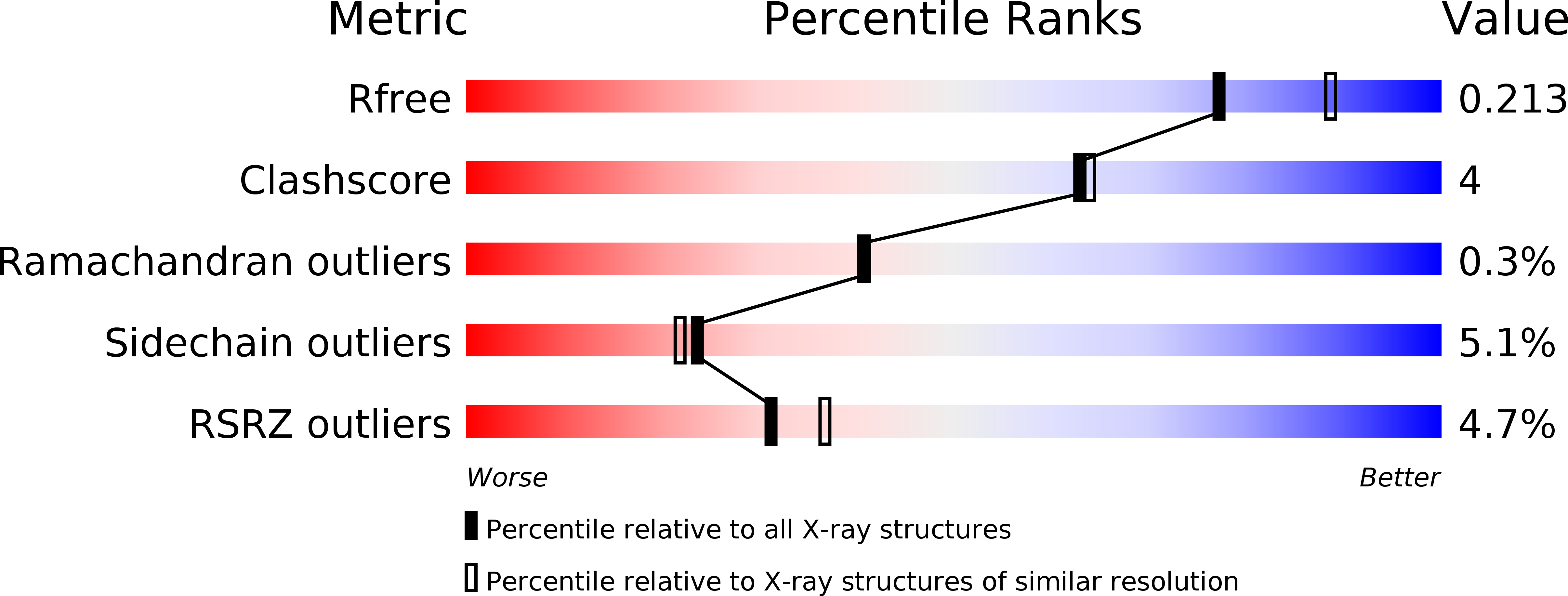
Deposition Date
2014-03-08
Release Date
2014-07-09
Last Version Date
2024-11-20
Entry Detail
Biological Source:
Source Organism:
Saccharomyces cerevisiae (Taxon ID: 559292)
Ophiophagus hannah (Taxon ID: 8665)
Ophiophagus hannah (Taxon ID: 8665)
Host Organism:
Method Details:
Experimental Method:
Resolution:
2.10 Å
R-Value Free:
0.21
R-Value Work:
0.17
R-Value Observed:
0.17
Space Group:
P 21 21 21


